Although it’s true that many modern consumers prefer to purchase the services and products they need online when they can, sometimes nothing short of a local solution will do.
And while some of your customers may well turn to friends or family for recommendations on occasion, you can bet they’re still using Google to see what their options are.
They’re searching for local lunch spots on the fly when they find themselves in unfamiliar neighborhoods. They’re Googling for the best mechanics in town when they need someplace to take their car for emergency repairs.
And Google Maps is helping them find what they’re looking for.
Here’s how you can use this powerful tool to take your SEO campaign to the next level, too.
- Is Google Maps Good for SEO?
- How Do I Use Google Maps for SEO?
- How Do I Rank Keywords on Google Maps?
- Is It Legal to Scrape Google Maps?
- How Do I Increase Search Results in Google Maps?
- Wrap-Up
Is Google Maps Good for SEO?
Used and trusted by 72 percent of map interface users, Google Maps is clearly the option to beat when it comes to helping potential customers find your products and services. It’s also a huge potential source of high-quality, ultra-convertible traffic for local business owners.
So, yes, Google Maps is excellent for SEO. Ways it can help you supercharge your current and future SEO efforts include:
- Providing embeddable maps that can enhance the functionality of your website and landing pages
- Giving you another avenue for publishing fresh content like videos, articles, and photos
- Letting you geotag your media for greater relevance and more accurate targeting
- Connecting you with a new way to advertise through Google
How Do I Use Google Maps for SEO?
As with any other aspect of seeing to your SEO campaign and boosting your search rankings, you need the right approach to Google Maps SEO in order to succeed and meet your goals.
Here are some essential steps to take to get where you want to be.
1. Update your Google My Business profile
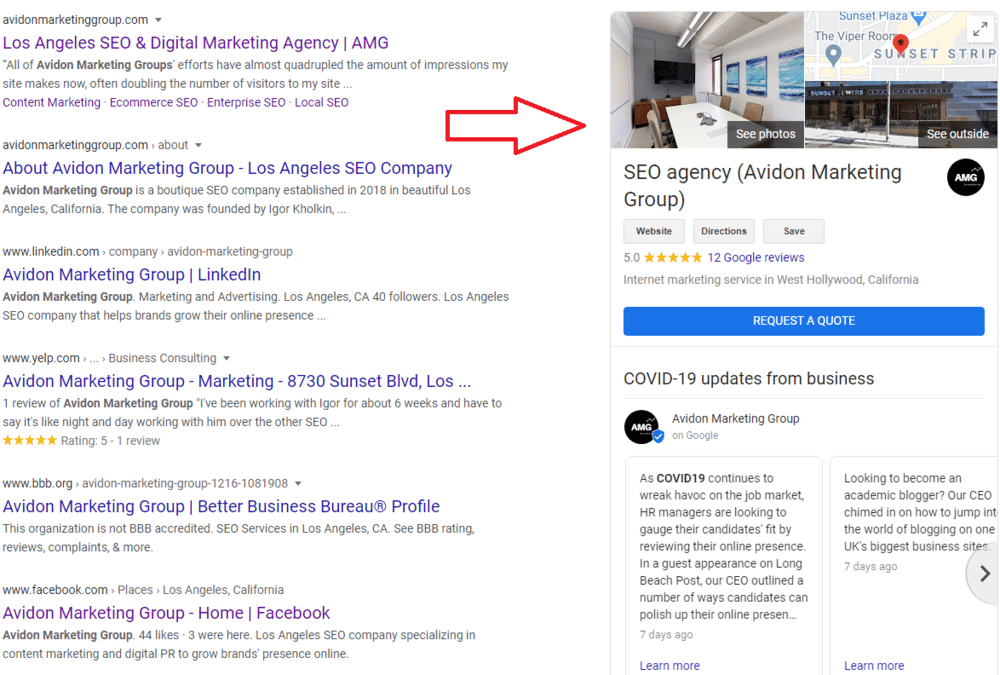
If you haven’t already claimed your company’s Google My Business profile, it’s officially time to do that.
Once that’s done, start optimizing it to raise your chances of getting what you want.
You can find your Google My Business profile by simply searching your company name. Then, when you see it, simply claim it and verify it.
Check to make sure vital information like address, business hours, and phone number are accurate and up to date, as well.
2. Add relevant links and media
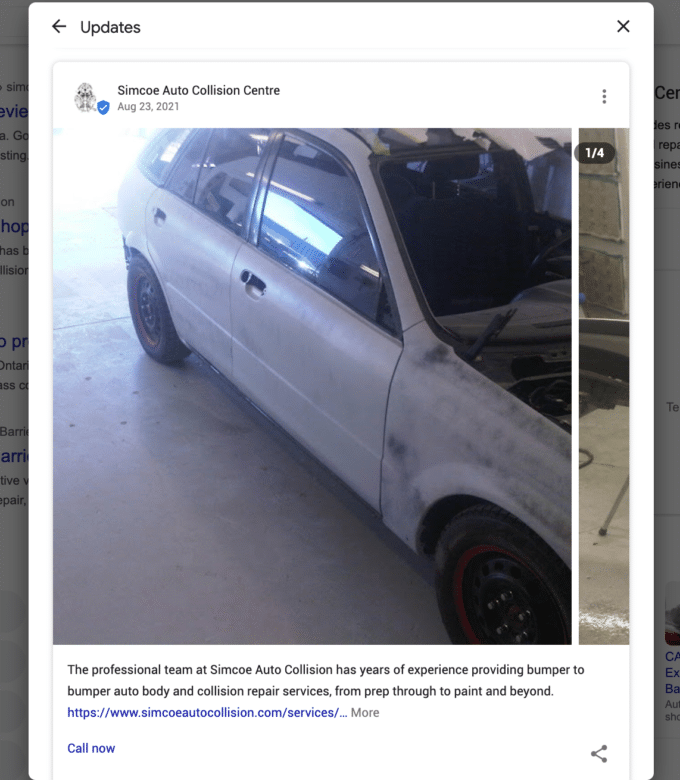
Google Maps SEO is very similar to the SEO you’re likely already used to in that Google loves pages that are active, well-maintained, and filled with helpful, relevant content.
For that reason, it’s important to add your Google My Business page to your regular update rotation.
Ideally, your updates will include a variety of content types. General updates about your company or products are great ideas to start with.
But you should also include events you may be hosting, special deals, videos, photos, and links to especially timely blog posts.
3. Add your Google Map to your website
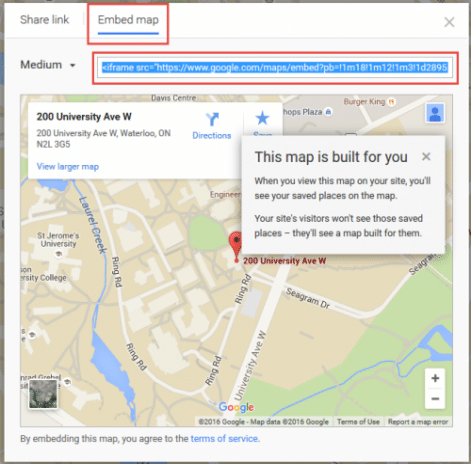
While there’s no definitive proof yet that embedding your company’s Google Map into your business website will directly improve SEO, it can indirectly help it by improving the user experience for your visitors.
An embedded map helps potential visitors to your business locate you, as well as adds visual appeal to the web page where it’s posted. For best results, add yours to your “about us” page.
4. Keep track of your reviews
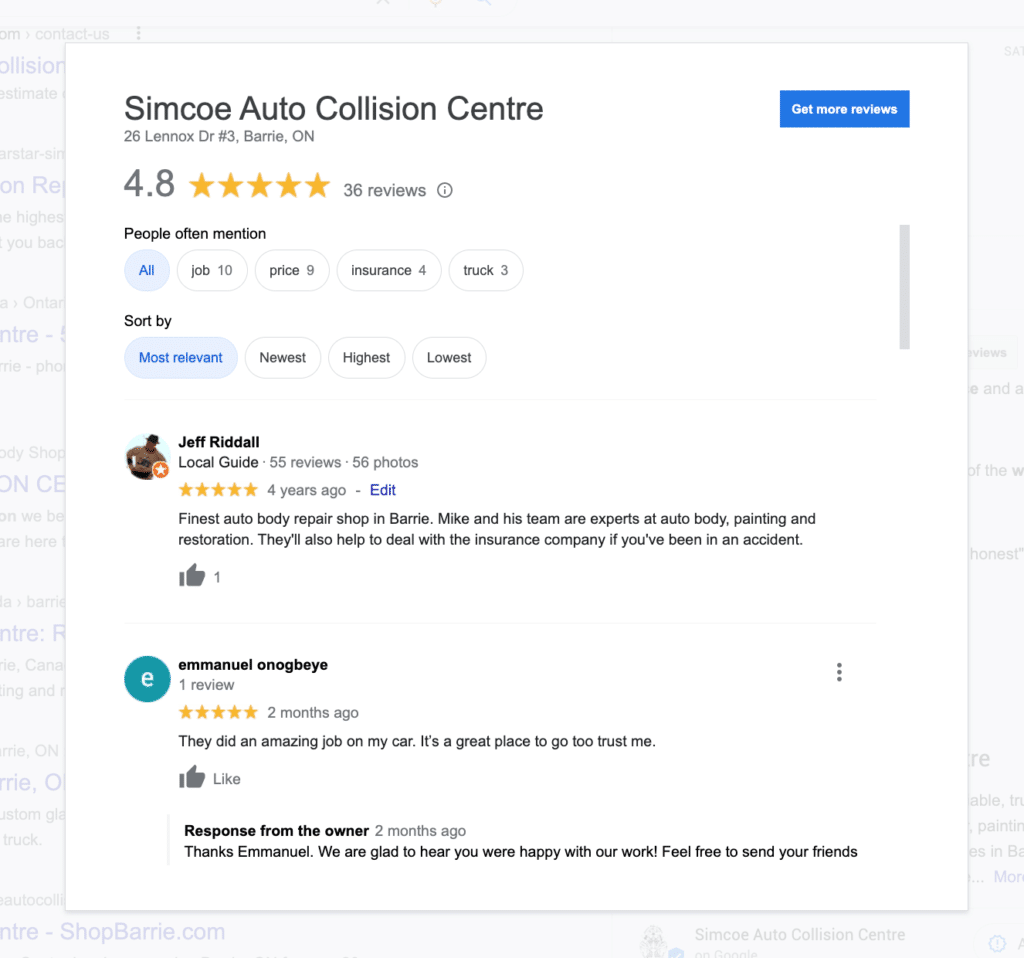
Claiming, maintaining, and posting some basic content to your Google My Business listing is a good start when it comes to Google Maps SEO.
But remember, Google grants the sweetest, best rewards to companies that go the extra mile.
Being proactive about your customer reviews is a powerful way to do this.
Actively ask your best, happiest customers to review your business. You can even offer incentives to sweeten the pot!
And be responsive and cordial when it comes to all reviews, including the negative ones.
It counts for a lot on Google.
5. Keep local citations up to date
Some pieces of information are more important than others when it comes to SEO in general and Google Maps SEO in particular.
That’s why it’s essential to keep an eye on your NAP info – name, address, and phone number – across the web.
This means tracking down and locating your business citations and local directory listings. This can be accomplished via a simple Google search or using software designed for the purpose.
Go over each listing, and reach out to sites where there are errors.
6. Work on your site’s local SEO
Ranking well on Google Maps and getting as much SEO juice out of yours as possible means paying more attention than ever to local SEO best practices.
The better optimized your website and online content are for the local audiences you want to reach, the longer your reach is ultimately going to be.
A good rule of thumb to follow is to ensure your visitors find the answer they’re looking for with as few consecutive clicks as possible.
Research valuable local keywords, sprinkle them throughout your site, and use them as inspiration for new ongoing content.
And ensure your site loads quickly and is easy to navigate across a variety of screens – especially mobile screens.
Many customers who will find you via Google Maps SEO will be searching for solutions on the fly.
7. Include local schema in your site structure
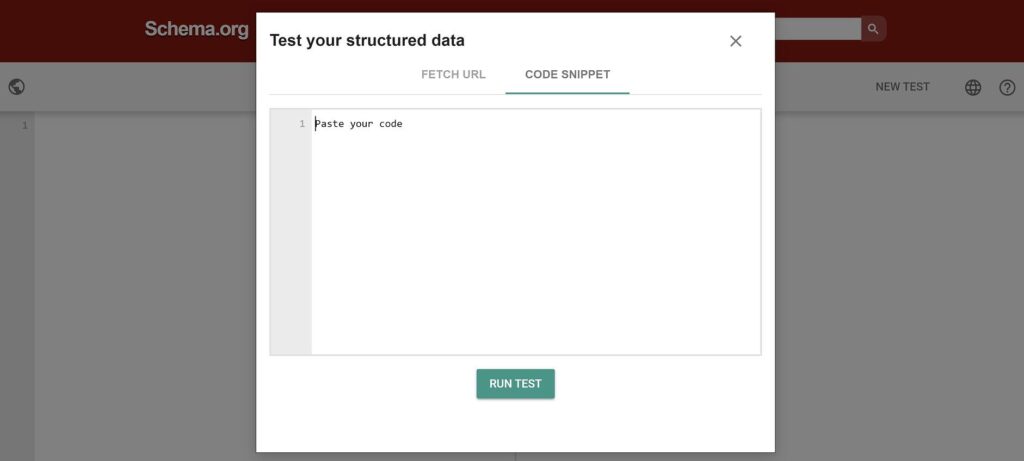
Google is huge on standardization when it comes to the way online content is structured.
That’s where local business schema comes in – a form of structured data code that can assist Google crawl bots in identifying your business and determining what it’s all about.
Schema accomplishes this by enabling you to wrap your content in code that makes it significantly easier for Google to index your site.
This, in turn, makes it easier for Google to validate your business and location, as well as more likely to feature it prominently via Google Maps.
8. Add to your local backlink structure

Along the same lines as monitoring and maintaining your NAP information across the web, you’ll also want to keep track of your local backlink catalog.
Google sees each backlink leading back to your website as a vote of confidence for your business, products, and content.
Encourage quality organic backlinks by posting plenty of helpful, high-quality content. Request that your business be added to relevant local directories.
And monitor your backlink catalog for toxic backlinks that could hurt your SEO efforts, as well.
9. Watch your SERP rankings
Whether you’re focusing strictly on Google Maps SEO right now or looking for ways to streamline your entire approach to optimization, it’s crucial to keep an eye on your SERP rankings.
You can check on this by either performing a manual search for your targeted keywords or using a rank monitoring tool to keep track of it for you.
And frequently research new longtail keywords to add to your campaign, as well. Always include qualifiers and local identifiers to help localize your choices.
10. Engage with locals
Localized engagement is another factor that Google considers a huge deal when it comes to Google Maps SEO, so don’t forget to be active in your community and engage with audience members in your area.
You’re a lot more likely to be seen as a valued member of the community.
Value-rich engagement can take many forms, so you have room for creativity here.
Getting physically involved in local events increases the likelihood of mentions and shoutouts, so that’s one way.
You can also promote linked content and encourage further engagement by actively reaching out to other local businesses online.
How Do I Rank Keywords on Google Maps?
Choosing the right keywords is always important when it comes to any aspect of a well-rounded SEO strategy.
But remember, Google Maps SEO is all about polishing your local online presence and establishing yourself as a valuable member of your community.
That means paying a lot of attention to longtail keywords.
Again, great longtail keyword choices for local businesses looking to boost rankings contain qualifiers that correspond to user intent.
For example, let’s say you’re the proud owner of a local auto shop in Aurora, Illinois, and want to raise your business’s visibility. Some longtail examples to consider might include:
- “auto shops near me”
- “best Aurora IL auto shop”
- “affordable auto body shop in Aurora”
- “affordable oil change near me”
And every local business owner is encouraged to research and consider other clever options that might apply to their clientele, location, or industry, as well.
Is It Legal to Scrape Google Maps?
Web scraping is a practice used to extract, collect, and organize various types of data from around the web. This is typically done via computer software designed especially for the purpose.
Scraping in and of itself has existed for multiple decades and isn’t illegal. Search engines actually use a form of it to index online content in the first place.
SEO software developers also use it to provide users with timely, accurate analytics data.
However, there’s a decidedly shady side to data scraping, as well. For example, some companies data-scrape as an easy way to gain a big advantage over their competition.
There are also potential copyright issues involved. Plus, the speed and volume with which many data scrapers collect information can harm a website’s delicate infrastructure.
That said, scraping public data from Google Maps or anywhere isn’t necessarily illegal. But it can easily lead you into territory that is, so proceed with caution.
How Do I Increase Search Results in Google Maps?

If you ultimately find that you’re still having trouble getting your company to show up in the right localized searches, you’ll naturally want to improve that aspect of your Google Maps SEO. Here are some tips that should help you immensely.
Verify all your locations
Always double-check to make sure all of your current business locations are verified.
Verified results are infinitely more likely to show up in any localized search.
Yes, this includes Google Maps, but it also covers standard Google searches.
Update information as soon as it changes
The last thing you want is for an excited would-be customer to decide to check out your business only to find out that the phone number or address they found online isn’t accurate. They’ll find it harder to accept the legitimacy of your business.
So always keep your information detailed and up to date as things change for your business.
Include your products
When relevant, always include photos and other information about your products on your Google My Business profile.
The more Google knows about what your business sells, the easier it will be to serve your page up to customers who are looking for those items.
Pay special attention to your operational hours
There are more than a few business owners out there who are great at updating contact details or uploading new photos on a regular basis but somehow space updating their business hours.
Anytime your hours change for any reason – including seasonal sales, holidays, or community events – be sure that information is reflected on your business profile, website, and social media pages.
Don’t forget reviews
Google does notice how you and your staff handle customer reviews. Show it you can be trusted with people’s business by responding to every review you get.
Thank happy customers for their business, and address the concerns of unhappy ones, asking what you can do to make it right.
Wrap-Up
Whether you’re looking to boost your Google Maps SEO, improve your SERP rankings, or something else entirely, you won’t get where you need to be without plenty of high-quality, keyword-rich content.
But producing all that content by yourself is a tall order.
WriterAccess by Rock Content is a top-tier option for connecting with the cream of the content production community online.
Sign up for a free trial today to connect with experienced copywriters, amazing designers, SEO-savvy content producers, and more!
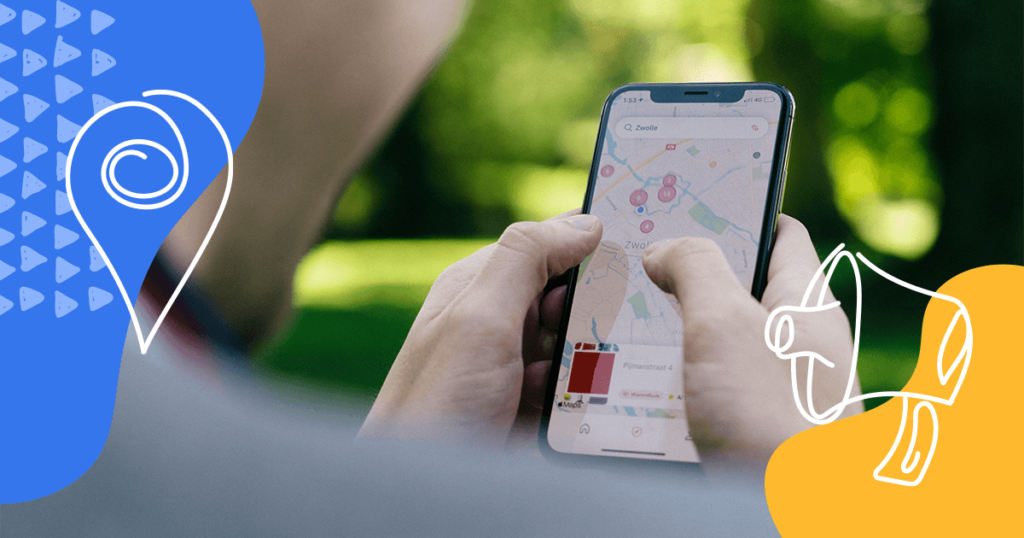
![[WA] Ultimate Content Marketing Kit](https://rockcontent.com/wp-content/uploads/2022/08/Content-Marketing-Kit-750x200px.jpg)







